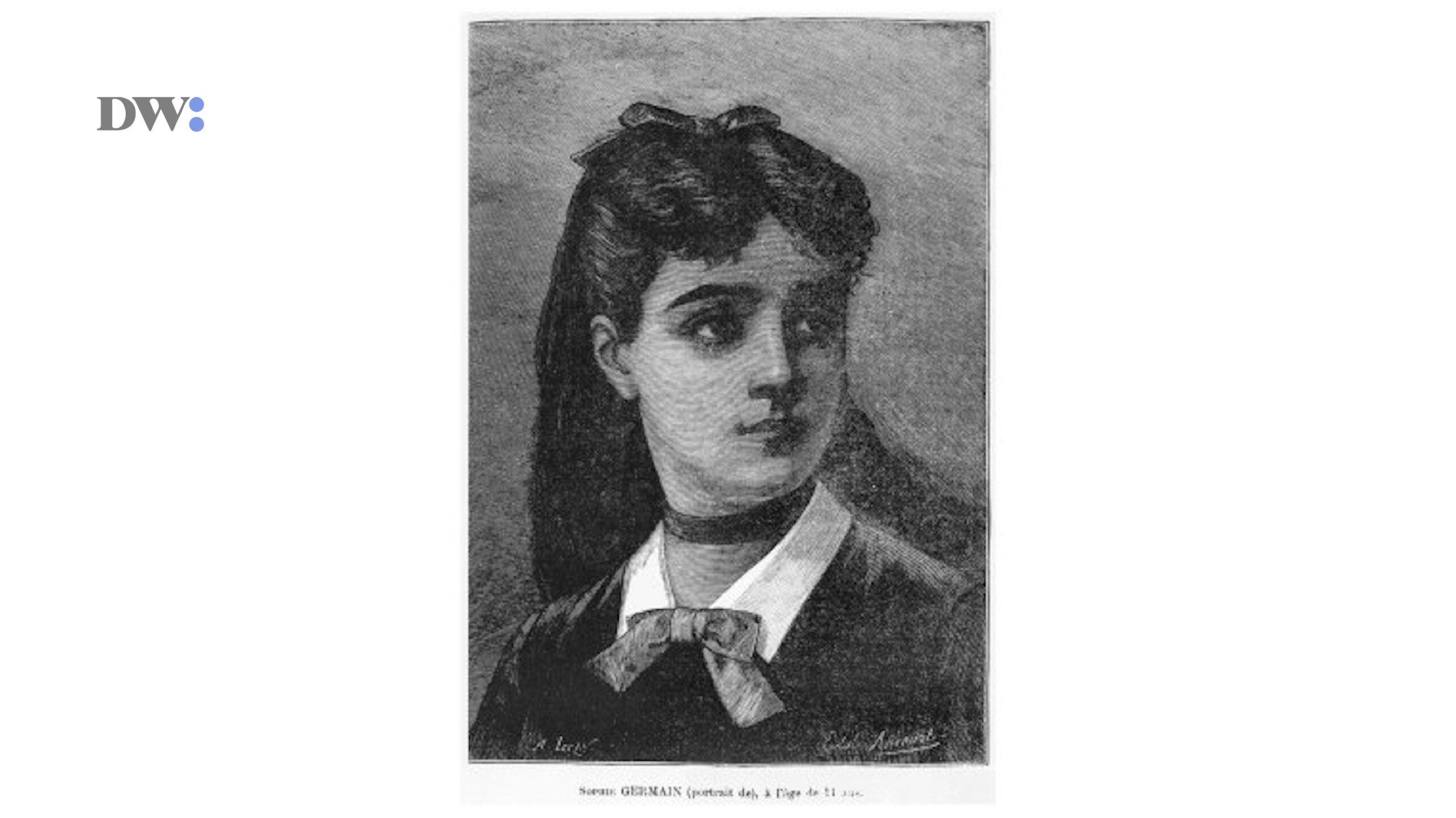Girl Math is the recent TikTok trend used to define spending habits and budgeting by young Gen Z women. The trend sparks conversations about women’s ability to budget and women’s potential as mathematicians—a discussion incomplete without French Mathematician, Philosopher and Physicist Sophie Germain.
The American Revolution began the year Sophie was born. Thirteen years later, her own country saw the French Revolution. Sophie embodied the spirit of change into which she was born in many ways. She was a middle-class woman who defied her family’s desires and societal stereotypes of the time to become a well-known mathematician.
According to a biography by Amanda Swift, Sophie Germain was born in Paris on April 1, 1776, to Ambroise-Francois and Marie Germain. Her family was pretty wealthy. Her father was a trader who rose through the ranks of the Bank of France. Sophie’s interest in mathematics began when she was 13 years old and confined to her house owing to the danger posed by revolts in Paris. She spent a lot of time in her father’s library, and one day, she came upon a book that told the legend of Archimedes’ death.
Sophie started teaching herself math using books from her father’s library. Her parents thought her interest was unsuitable for a female and tried everything they could to dissuade her. She began studying at night to avoid them, but they went so far as to take her clothes away once she started.
She was denying her heat and light to keep her in bed at night instead of studying. Sophie’s parents’ attempts were futile. To look at night, she would wrap herself in quilts and use hidden candles. Sophie’s parents eventually realised that her enthusiasm for mathematics was “incurable,” so they allowed her to learn.
The Ecole Polytechnique was created in Paris in 1794 when Sophie was 18. The academy was established to train mathematicians and scientists. Women were not permitted to attend the academy, but Sophie was able to acquire a place.
Take lecture notes for several classes and analyse them. This allowed her to study with many of the leading mathematicians of the day. Sophie Sophie was able to access and learn from the lecture notes for several of the courses. This allowed her to study from many of the leading mathematicians of the day. Sophie was particularly drawn to J. L. Lagrange’s lectures. Sophie submitted a paper on analysis to Lagrange at the end of the term under the pseudonym M. Leblanc
He was intrigued by the piece and wanted to meet the student who wrote it. Lagrange was astounded that the work’s author was genuinely alive. a woman, but he saw her potential and became her mentor. Sophie entered the community of scientists and mathematicians for the first time, thanks to a male introduction. Her gender had been a disadvantage to her up until this point, but so had her social status. It was socially acceptable for aristocratic ladies to be taught the sciences and mathematics so that they could casually discuss it with their acquaintances. Sophie was from the middle class; hence, she had missed out on this opportunity.
With the assistance of Jean-Baptiste-Joseph Fourier, she became the first woman, not the wife of a member, to attend Academy of Sciences sessions. The Institut de France praised her and asked her to attend their sessions. This was “the highest honour this famous body had ever conferred on a woman”. In the 1820s, Sophie worked as an “equal collaborator” with a well-known male mathematician to refine her proofs and work in number theory. Sophie Germain died on June 27, 1831, at the age of 55, after a struggle with breast cancer. Gauss, one of Sophie’s early mentors, had recently persuaded the University of Gottingen to award her an honorary degree. She died before she was able to obtain it.

Leave a Reply